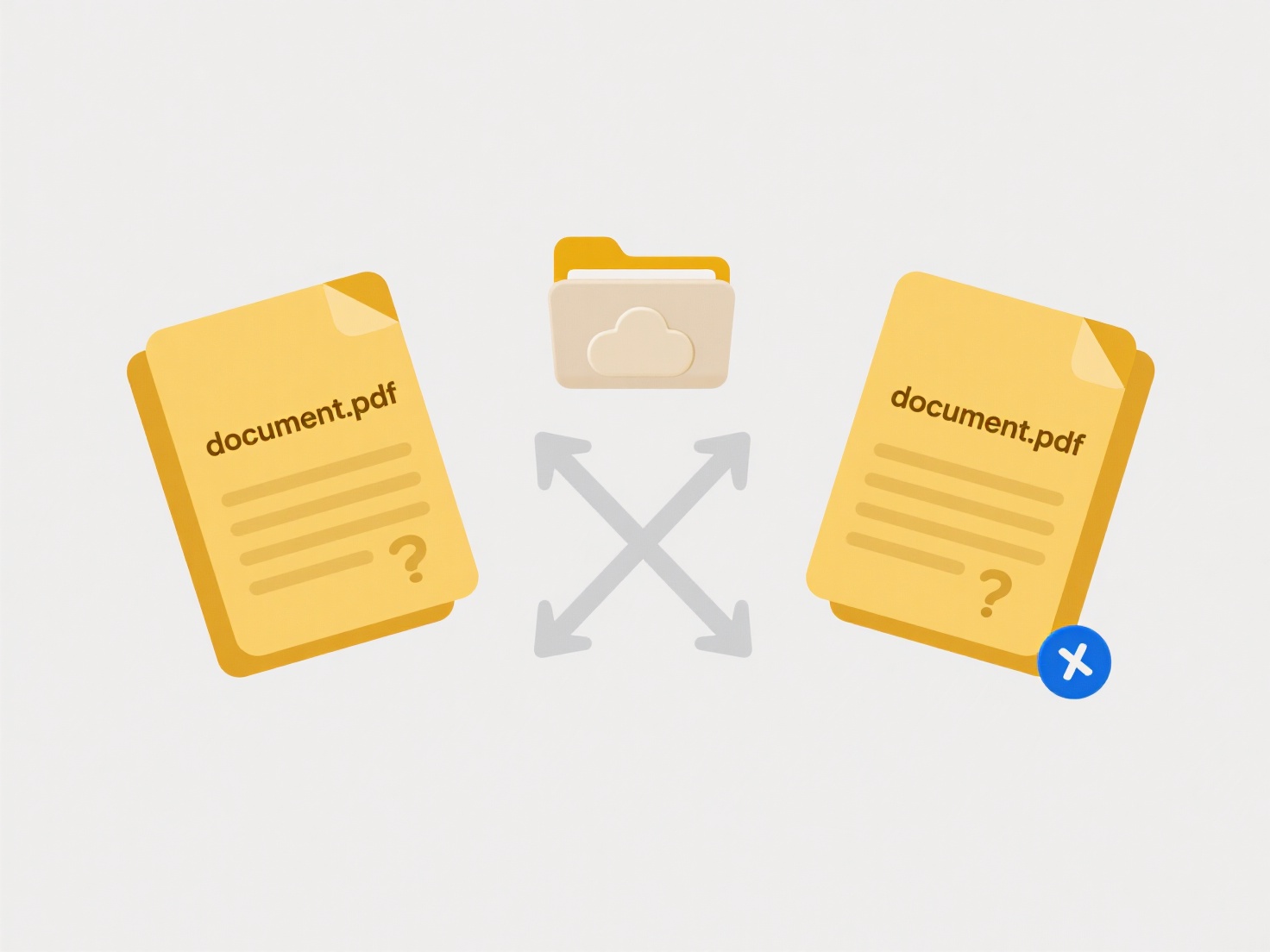
A folder structure is a logical system for organizing files in directories and subdirectories on computers or cloud storage. There isn't a single "best" structure; the optimal design depends entirely on the user's specific needs and workflow. A good structure typically uses a clear hierarchy and meaningful folder names to categorize information, making files far easier to locate than in disorganized or overly complex nested systems.

For instance, common effective approaches include a project-centric structure (top-level folders by project name, then subfolders like Documents, Designs, Reports), or a functional structure (top-level folders like Finance, HR, Marketing, with relevant subcategories). Personal users often organize documents by domain (e.g., Personal, Work, Travel, Taxes) with yearly folders inside key categories. Software development projects frequently employ structures like src for source code, docs for documentation, and tests.
Key advantages include reduced time searching for files, improved team collaboration through shared organization, and easier backups. Limitations include the time required to maintain structure and potential rigidity if topics don't fit neatly into categories. Since no one-size-fits-all solution exists, the "best" structure is the simplest, most consistent hierarchy tailored to your actual work patterns, emphasizing usability over perfection. Successful adoption depends on establishing and following clear naming conventions.
What’s the best folder structure for managing files?
A folder structure is a logical system for organizing files in directories and subdirectories on computers or cloud storage. There isn't a single "best" structure; the optimal design depends entirely on the user's specific needs and workflow. A good structure typically uses a clear hierarchy and meaningful folder names to categorize information, making files far easier to locate than in disorganized or overly complex nested systems.

For instance, common effective approaches include a project-centric structure (top-level folders by project name, then subfolders like Documents, Designs, Reports), or a functional structure (top-level folders like Finance, HR, Marketing, with relevant subcategories). Personal users often organize documents by domain (e.g., Personal, Work, Travel, Taxes) with yearly folders inside key categories. Software development projects frequently employ structures like src for source code, docs for documentation, and tests.
Key advantages include reduced time searching for files, improved team collaboration through shared organization, and easier backups. Limitations include the time required to maintain structure and potential rigidity if topics don't fit neatly into categories. Since no one-size-fits-all solution exists, the "best" structure is the simplest, most consistent hierarchy tailored to your actual work patterns, emphasizing usability over perfection. Successful adoption depends on establishing and following clear naming conventions.
Quick Article Links
How do I rename movie files using IMDB data?
Renaming movie files using IMDb data involves automated tools that fetch correct titles, release years, and other metada...
Why does a file become unreadable after being transferred to another OS?
File unreadability across OS transfers primarily involves file systems and character encodings. A file system manages ho...
Why does my renamed file not show up in recent searches?
Renaming a file primarily changes its filename metadata, but typically leaves the core file "creation time" unchanged. O...